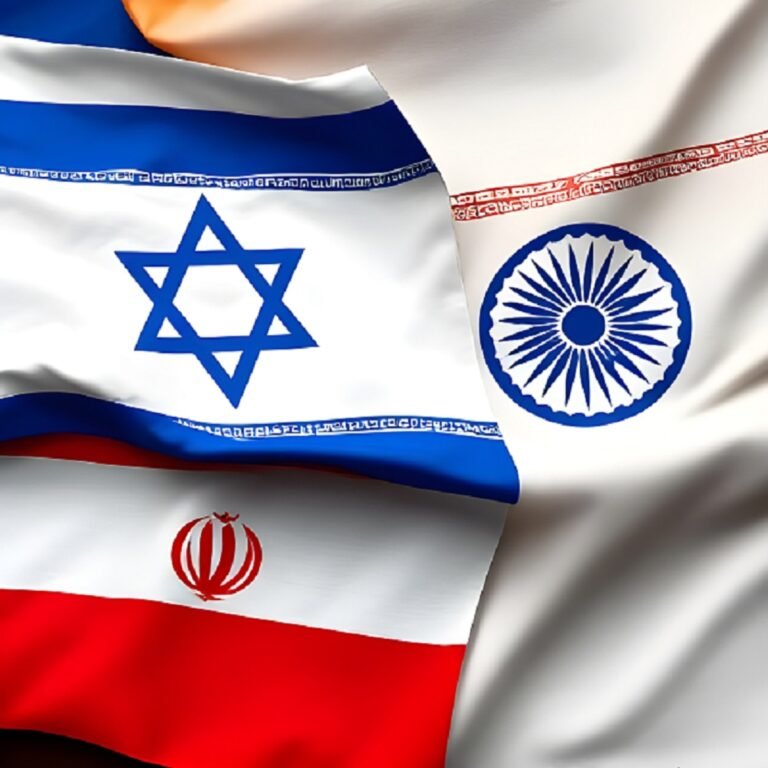The World’s Largest Unconnected Populations: A Digital Divide Persists. In a world where the internet has become an essential part of daily life, providing access to education, healthcare, business opportunities, and social connection, over 2.5 billion people across the globe still remain offline. This digital divide, highlighted in a recent report by We Are Social, showcases the stark reality that large swathes of the world’s population lack access to the internet, with the largest unconnected populations residing in Asia and Africa.
India Leads with the Largest Offline Population
According to data from January 2024, India has the largest unconnected population, with an estimated 684 million people still without internet access—making up nearly 48% of its population. Despite rapid advancements in technology and growing urban internet penetration, India’s vast rural areas still face significant challenges in accessing reliable internet services. Issues such as lack of infrastructure, high costs, and limited digital literacy contribute to this continued divide.
China comes second with 336 million unconnected individuals, representing 23.6% of its population. While the number is large in absolute terms, China has made considerable strides in urbanizing internet access, especially with the rise of 5G networks and government initiatives to expand connectivity. However, rural regions still struggle with limited infrastructure and high costs, preventing a large portion of the population from connecting online.
Africa’s Struggle with Connectivity
In Africa, Nigeria ranks fourth with 123 million unconnected individuals, accounting for 55% of the country’s population. Despite having one of the continent’s largest economies and a booming tech startup scene, the country faces challenges in providing internet access to rural areas where over half of the population resides. Similarly, Ethiopia has 103 million unconnected people, which makes up a staggering 81% of its population—one of the highest offline percentages globally. This digital isolation is a significant barrier to Ethiopia’s development, especially in education and healthcare.
Other African countries like Uganda and the Democratic Republic of Congo (DRC) also rank high on the list, with 73% of Uganda’s population offline and 70% of DRC’s population unconnected. These figures highlight the urgent need for expanded infrastructure, affordable internet access, and digital literacy programs to bridge the divide.
Rural Areas Are the Most Affected
One of the key reasons for this massive digital divide in both Asia and Africa is the concentration of unconnected populations in rural areas. In countries like India, Nigeria, and Ethiopia, the rural-urban divide is stark, with rural areas lacking the necessary infrastructure for reliable internet access. Even in countries with rapidly growing urban centers, internet connectivity remains a distant dream for many living in remote regions.
Experts argue that addressing the digital divide requires a multifaceted approach, including building infrastructure, offering affordable data plans, and promoting digital literacy to ensure that marginalized communities can participate in the digital economy and society.
Surprising Social Media Habits
Despite having large unconnected populations, some of these countries still rank high in social media engagement. For example, Nigeria and Indonesia, although having millions offline, are among the countries with the highest average time spent on social media by the online population. This points to a growing reliance on mobile phones and social media platforms, even among populations with limited internet access. In both countries, mobile phones are often the primary means of internet access, even in rural areas where broadband infrastructure may be lacking.
A Call for Action
As the global digital landscape continues to evolve, bridging the gap for the unconnected remains a pressing issue. The United Nations has recognized the importance of universal internet access as part of its Sustainable Development Goals (SDGs), with a focus on providing affordable and inclusive digital services for all. Governments, tech companies, and international organizations must work together to create solutions that reach the most underserved populations. Expanding internet infrastructure, reducing costs, and improving digital literacy will be critical steps toward ensuring that no one is left behind in the digital age.
As the world becomes more digitally connected, those still on the other side of the digital divide risk being left further behind—unable to access critical services, participate in the global economy, or engage in the growing digital culture. It is clear that the journey to bridging this divide is far from over, but with concerted efforts and innovative solutions, the dream of a connected world can become a reality for all.








